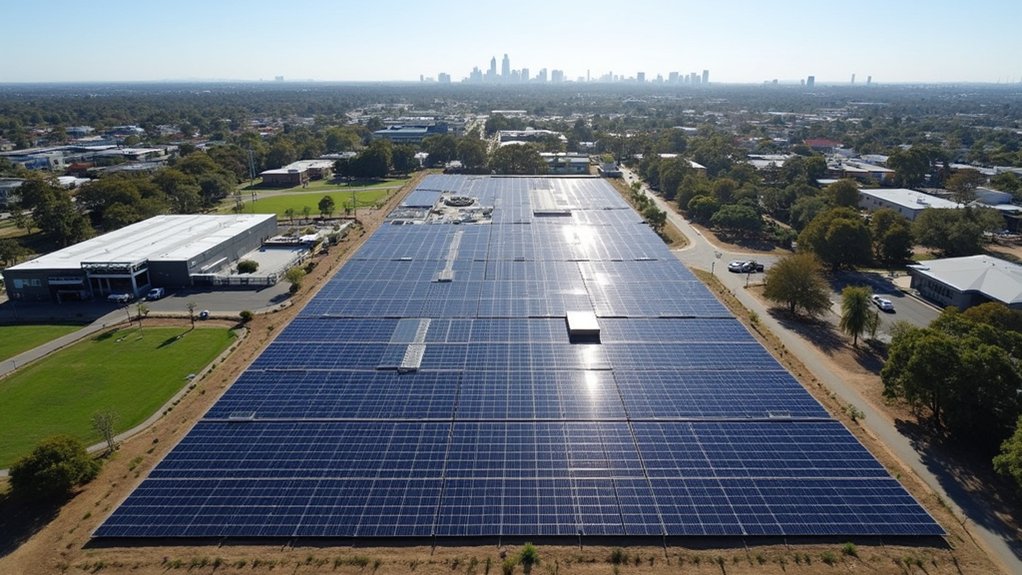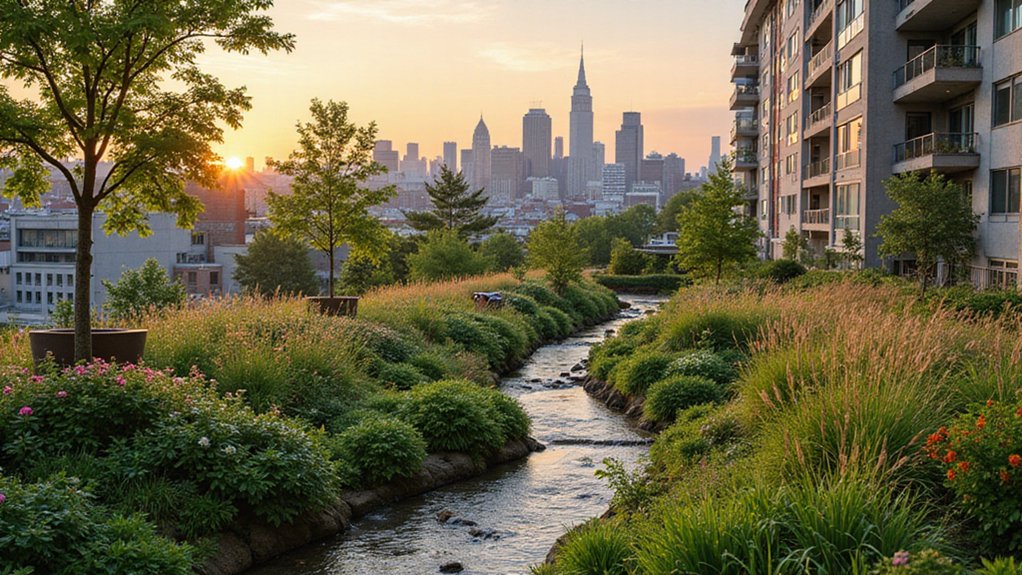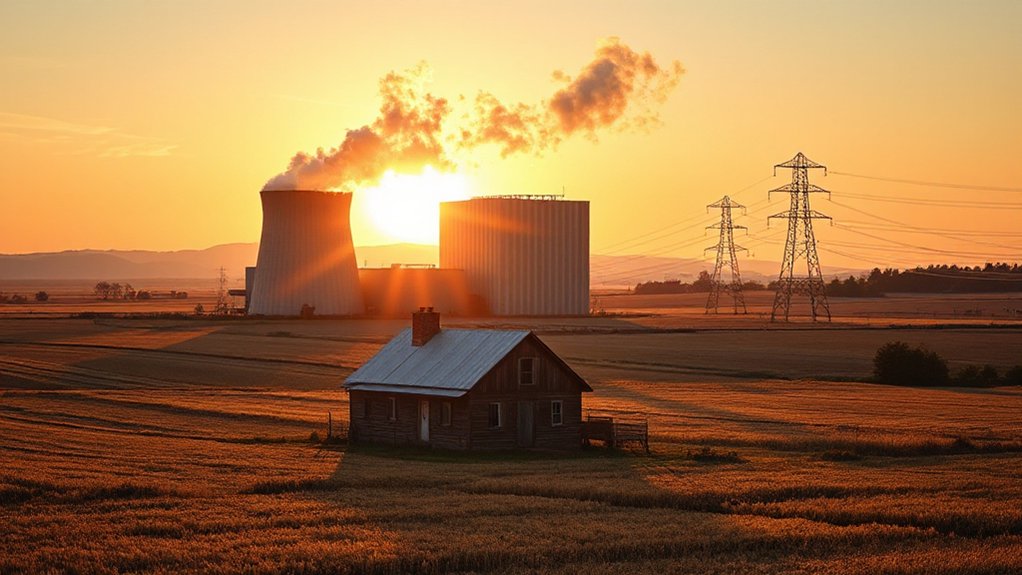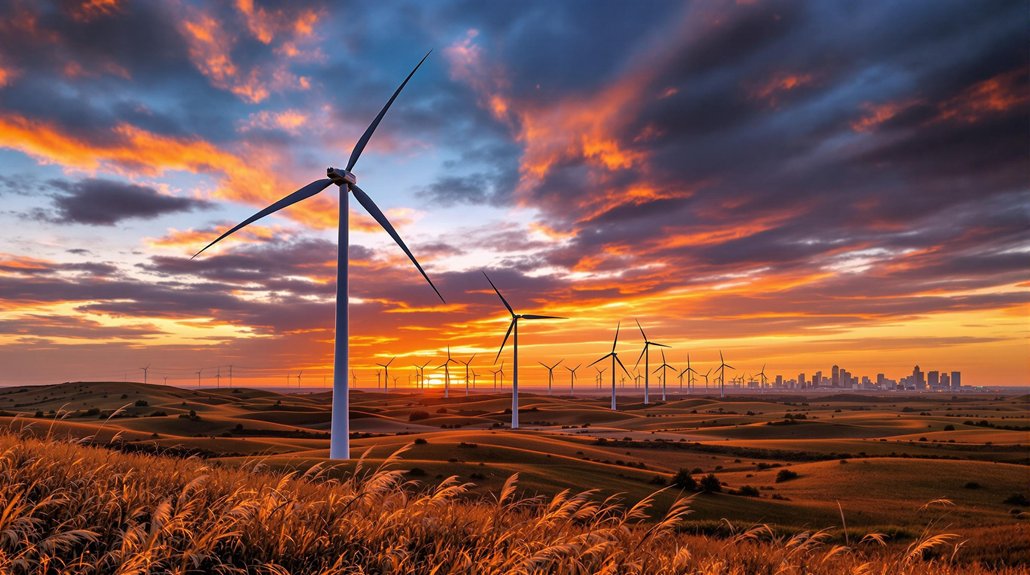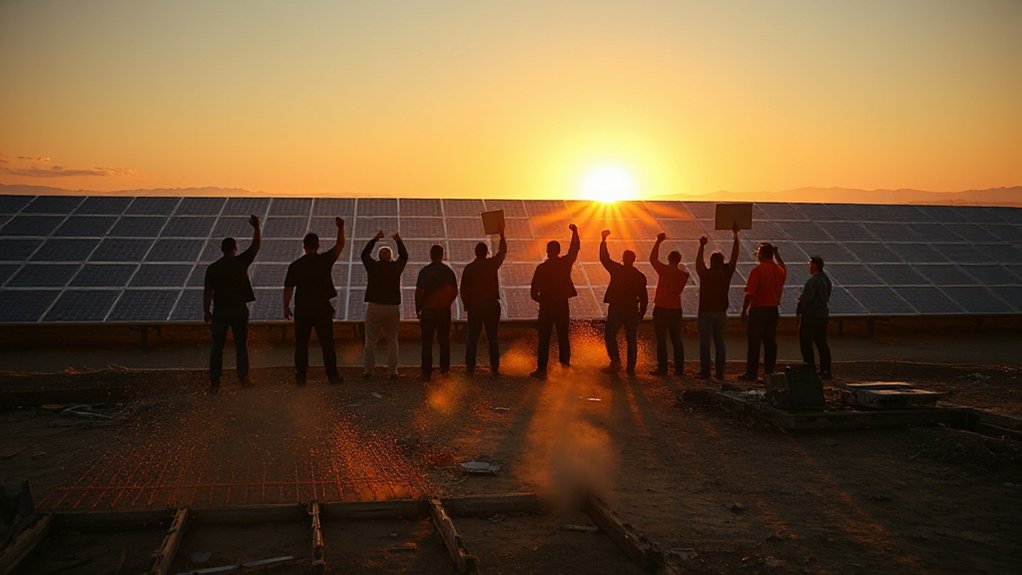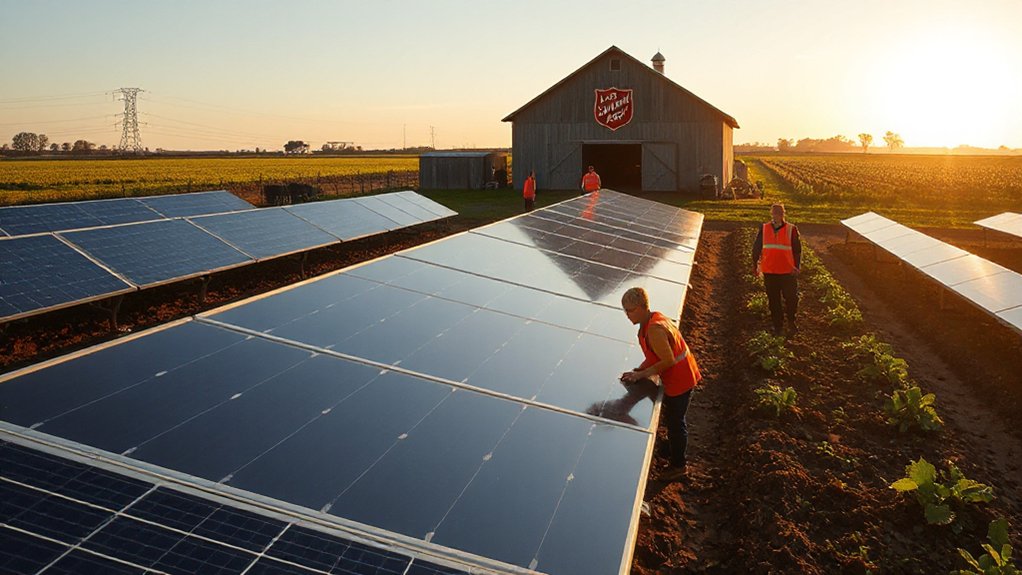La Trobe University’s Bundoora campus now hosts Victoria’s largest urban solar farm. The $10 million facility features over 4,300 panels covering 11,250 square meters. It meets 98% of the campus’s electricity needs, equivalent to powering 600 homes. The 2.9-megawatt system reduces carbon emissions by 35,000 tonnes annually. With a 2.5-megawatt-hour battery storage system, it’s helping the university reach its net-zero emissions goal by 2029. This innovative project demonstrates sustainable urban energy solutions.
A groundbreaking renewable energy project has transformed La Trobe University’s Bundoora campus into home to Victoria’s largest urban solar farm. Located 18 kilometers northeast of Melbourne’s CBD, the impressive 3.5-hectare Renewable Zone now hosts more than 4,300 solar panels covering an area of 11,250 square meters.
The $10 million facility features a 2.9 megawatt solar array paired with a 2.5 megawatt-hour battery storage system. This combination allows the university to either use the electricity immediately or store it for later use during peak demand times or when the sun isn’t shining.
The solar farm generates enough power to satisfy 98% of the campus’s annual electricity needs. That’s equivalent to powering 600 average households or keeping the Melbourne Cricket Ground’s light towers illuminated for an impressive 11 consecutive years with just one year’s production.
Environmental benefits are substantial, with the project cutting the university’s energy emissions by a further 15%. Combined with other sustainability initiatives, La Trobe has reduced its overall emissions by more than 65% compared to 2019 levels. This represents about 35,000 tonnes of CO₂ avoided annually—equivalent to the household emissions of the entire neighboring suburb of Kingsbury.
The farm’s design features ground-mounted photovoltaic panels arranged in organized pods to maximize solar capture. Direct current electricity generated by the panels is converted to alternating current via inverters before being distributed throughout the campus. The university secured funding for this innovative project through Green Bond funds, demonstrating its commitment to sustainable financing solutions.
Beyond environmental gains, the project delivers significant economic benefits. It’s expected to provide operational cost savings over the next 25 years while serving as a visible example of urban renewable energy leadership. The university has established the site as a living lab for researching agrivoltaics, including studying lavender farming alongside solar installations. With virtually no fuel costs after installation, the solar farm provides a financially sustainable solution for the university’s long-term energy needs.
The solar farm represents a key milestone in the university’s ambitious drive to achieve net-zero emissions by 2029. It also aligns with Victoria’s broader renewable energy goals, helping to reduce emissions while putting downward pressure on energy prices and creating green jobs.
References
- https://www.latrobe.edu.au/news/articles/2023/release/building-victorias-largest-urban-solar-farm
- https://www.planning.vic.gov.au/__data/assets/pdf_file/0037/659917/Solar-Energy-Facilities-Design-and-Development-Guideline.pdf
- https://www.pv-magazine-australia.com/2025/05/02/victorian-urban-solar-farm-to-supply-98-of-universitys-energy-demand/
- https://www.planning.vic.gov.au/guides-and-resources/guides/all-guides/renewable-energy-facilities/solar-energy-facilities
- https://www.ecogeneration.com.au/building-victorias-largest-urban-solar-farm/
